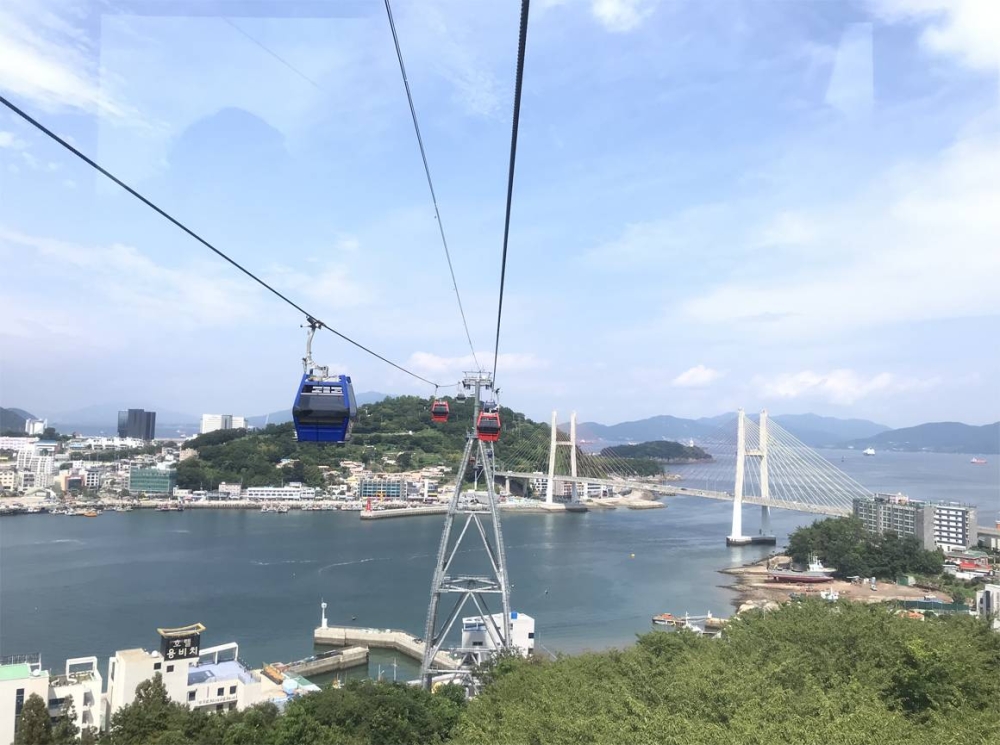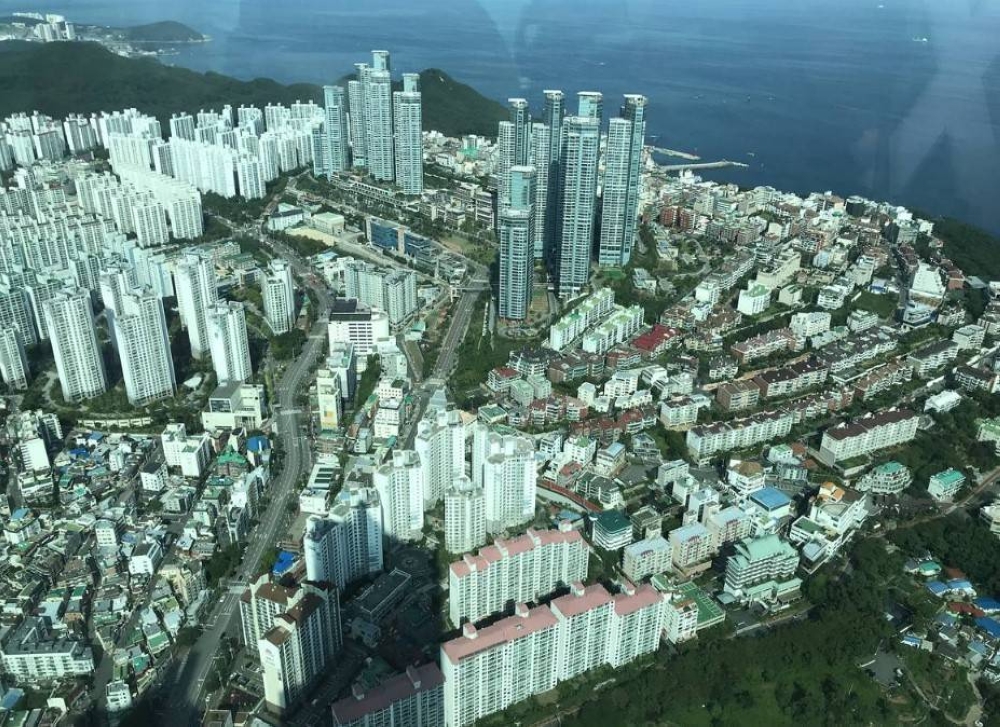
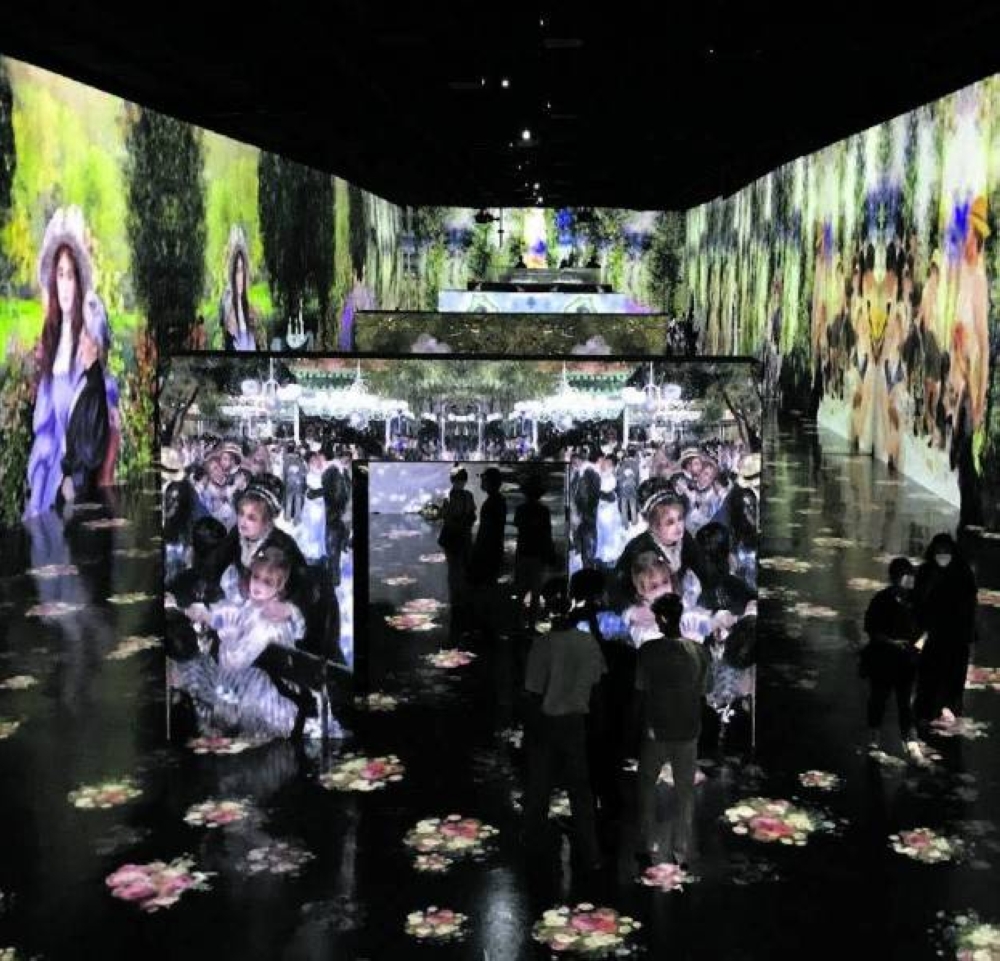
Korea’s Largest Immersive Media Art Exhibition, Arte Museum
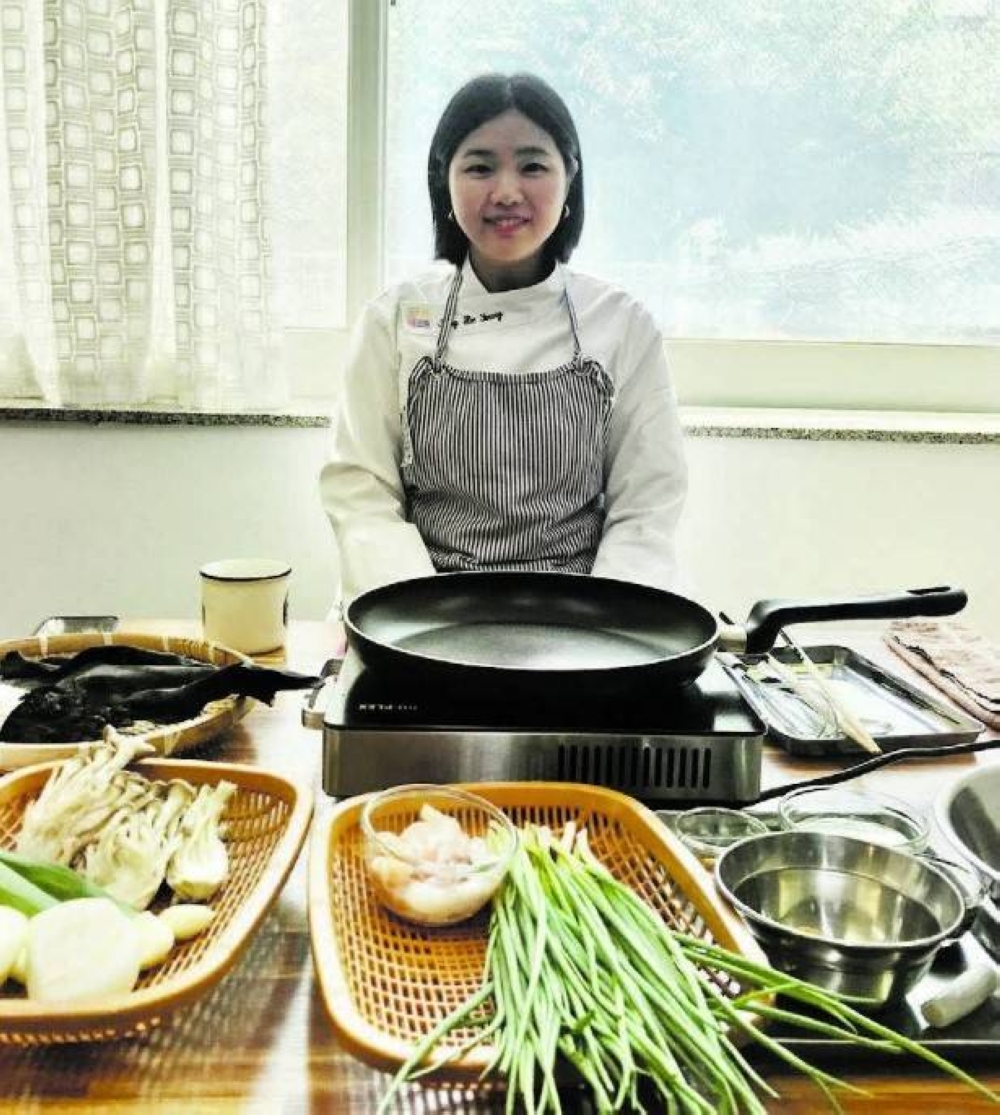
Busan Cooking Class with CEO and Chef Jang Hee Young
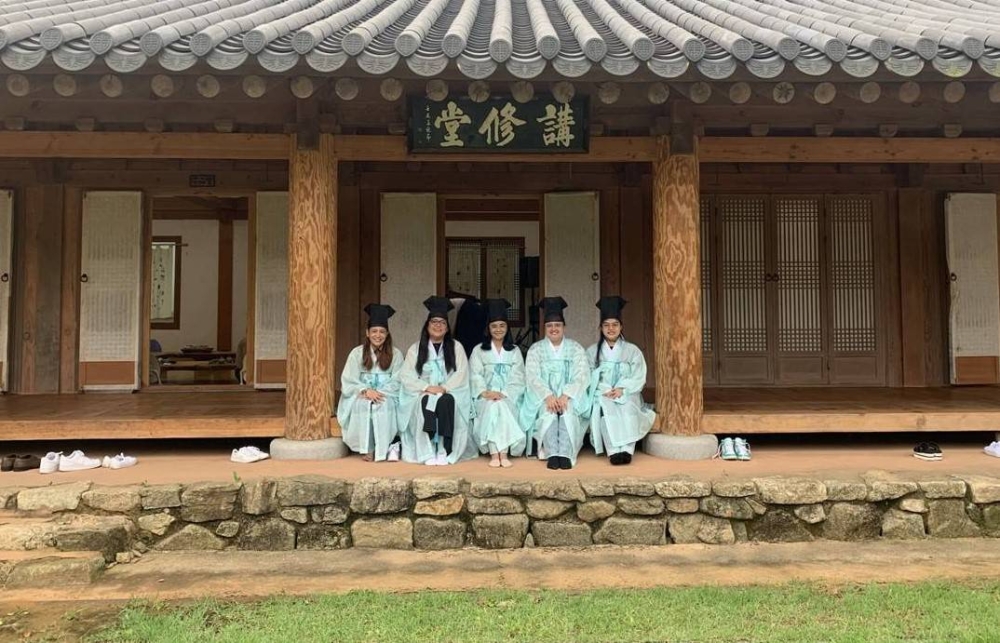
With the pandemic largely over, many countries have opened their borders to international travelers. The Filipino, who endured one of the world’s longest lockdowns, is increasingly looking forward to traveling again. And whether the pandemic was before or nearing its end, South Korea still tops the list of countries Filipinos want to visit.
In fact, based on pre-pandemic statistics, South Korea received half a million tourists from the Philippines annually. The highly developed East Asian nation has gained popularity thanks to the Hallyu Wave and Hallyu, which has successfully broken down the barriers of Korean popular culture, including music, TV shows, movies, beauty, and even food from all over the world. It has become a destination.
Popular spots that many tourists visit are Seoul and Jeju Island. These are familiar places where visitors go to enjoy history, ultra-modern design and technology, nightlife, shopping and attractions surrounded by nature, but some that international travelers have yet to discover. Hidden cities and provinces remain.In other words, these are virgin destinations not made up by human activity.
The Sunday Times magazine reported in the Philippines that the Korea Tourism Organization (KTO) Manila office invited visitors to visit these lesser-known tourist destinations such as Busan and Jeolla-do, especially Gwangju, North Jeolla and South Jeolla. was one of the institutions. Filipino travelers consider what these places offer in addition to the usual Korean destinations.
The trip was made possible through partnerships with the Busan Tourism Organization, Jeollanam-do Tourism Organization, Jeollabuk-do Culture and Tourism Organization, Jeonbuk Culture and Tourism Foundation, Gwangju Tourism Organization, Korea Tourism Organization Gwangju Jeonnam Office, and Korea Tourism Organization Busan-Ulsan. did. office.
Jeolla-do
Jeolla-do was one of the eight historical Korean roads during the Joseon Dynasty in today’s southwestern South Korea. It is one of the must-see destinations where travelers can enjoy both traditional and modern activities at the same time. There is no shortage of things to see and do in this part of South Korea.
Jeollabuk-do. Awon Museum and Gallery in Wanju is a popular place to visit. One of the reasons for such a hit is that K-pop supergroup BTS had a video and photo shoot right there for their ‘BTS 2019 Summer Package in Korea’. But aside from these exhilarating activities, the area is also a perfect getaway for those seeking peace and tranquility thanks to the surrounding nature and Jongnam Mountain backdrop. It is also a hotel.
Another popular destination for domestic and foreign tourists is the Jeonju Hanok Village in Jeonju, home to approximately 800 traditional Korean hanoks. There are precious cultural heritages such as Gyeonggijeon, Jeonju Hyanggyo, Omokdae Historic Site, and Jeondong Cathedral. Here, visitors can be seen walking the streets in elegant hanbok (traditional clothing). Traditional food, tea houses, cafes and workshops flourish here as well-known attractions.
Gwangju. Wolbong Seowon, built in 1578, is a must-see destination for visitors in this city, his sixth largest metropolis in South Korea. Here, guests can still enjoy the atmosphere of old Korea just by walking through the school grounds. Entering the main gate, visitors are greeted by attractive antique buildings such as Binwoldang’s main auditorium, Chilseongjeong, Atagodo, Cheonseongjae, and student dormitories. In the precincts, there are places where you can try on Confucian scholar costumes, experience tea ceremonies, and experience traditional music.
One of Gwangju’s main attractions is the Asian Cultural Center (ACC). We are engaged in activities such as cultural exchange and content production, production, exhibition, performance, and distribution in Asia. It has four floors above ground and four floors below ground, and consists of venues such as ACC Archive and Research, ACC Creation, ACC Theater, ACC Children, and ACC Cultural Exchange.
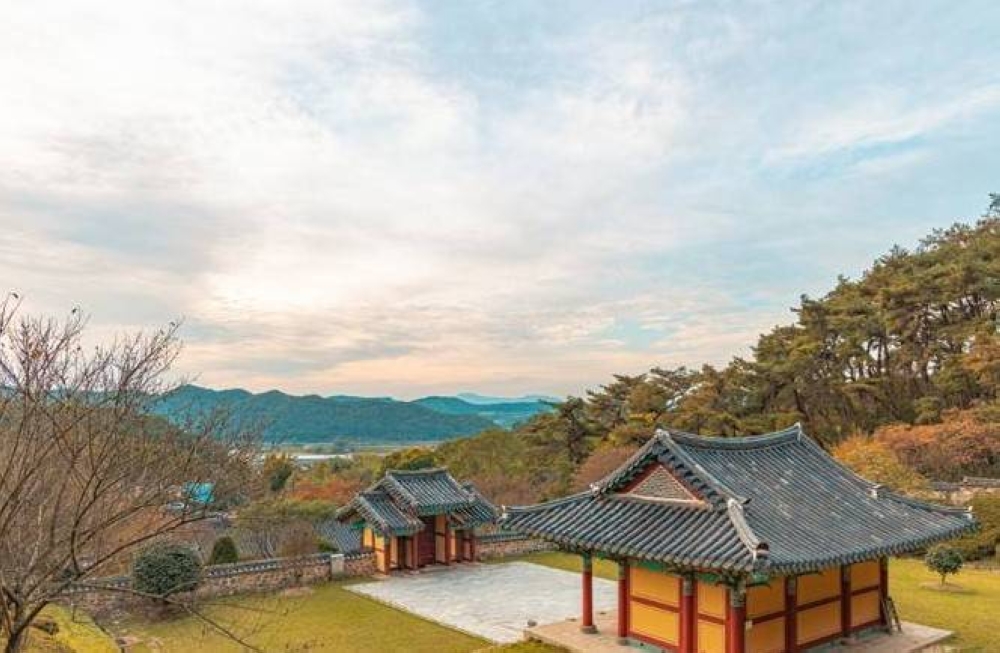
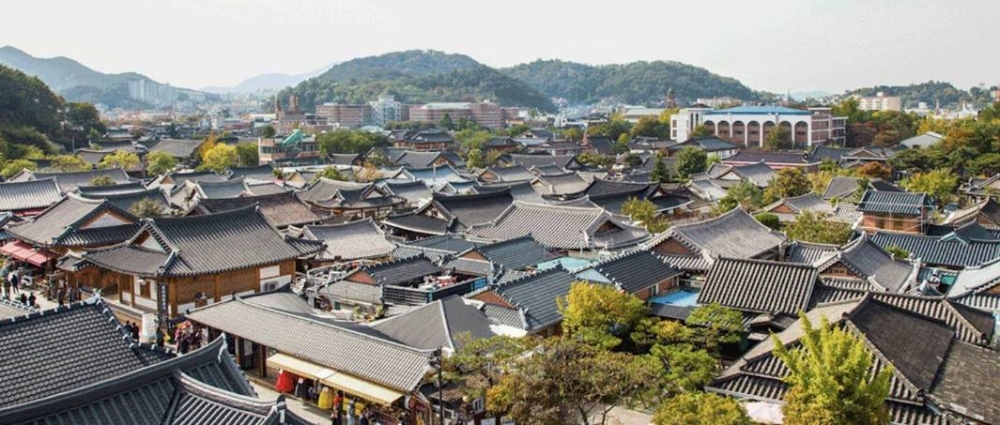
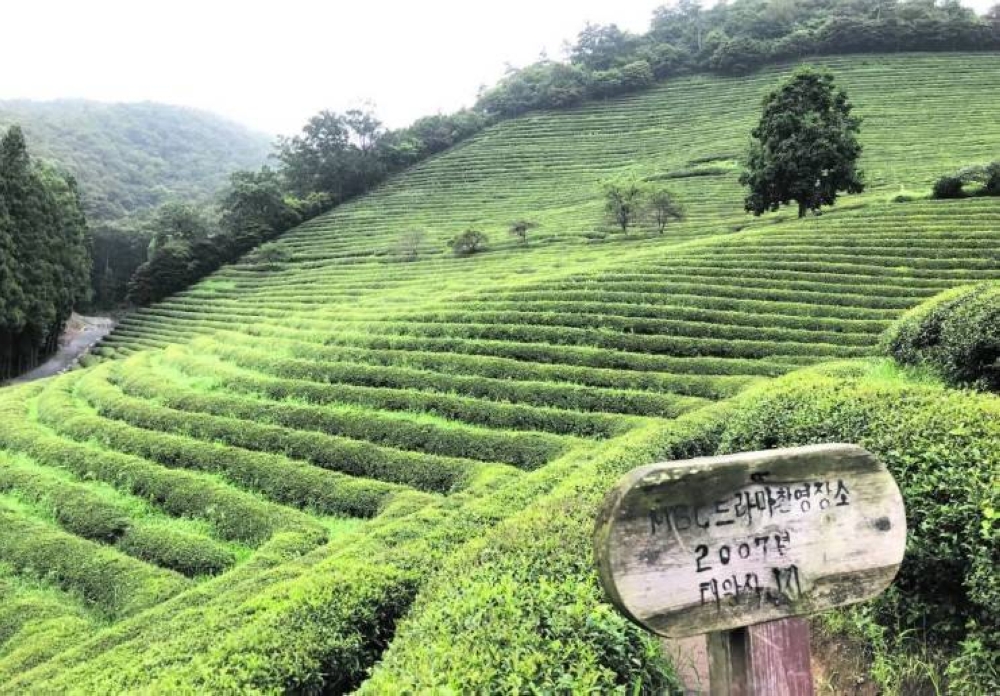
One of the most scenic places in South Korea is the Boseong green tea plantation. It’s a popular tourist attraction all year round thanks to the vast tea trees that line the hillside like a carpet of deep green.
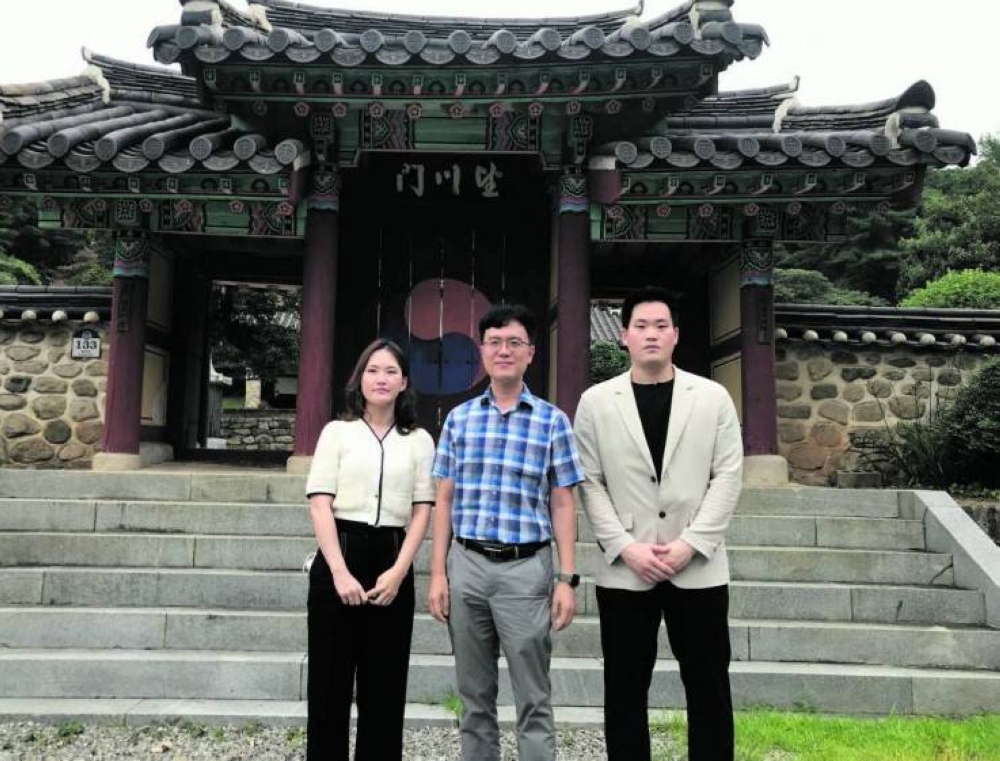
Gwangju Tourism Organization Deputy Director Yoo Jeong-ha, Korea Tourism Organization Gwangju- Jeollanam-do Office Director Yun Myung-gil, and Korea Tourism Organization Gwangju- Jeollanam-do Office Director Jang Dong-hyun in front of Wolbong Seowon Confucian Academy.
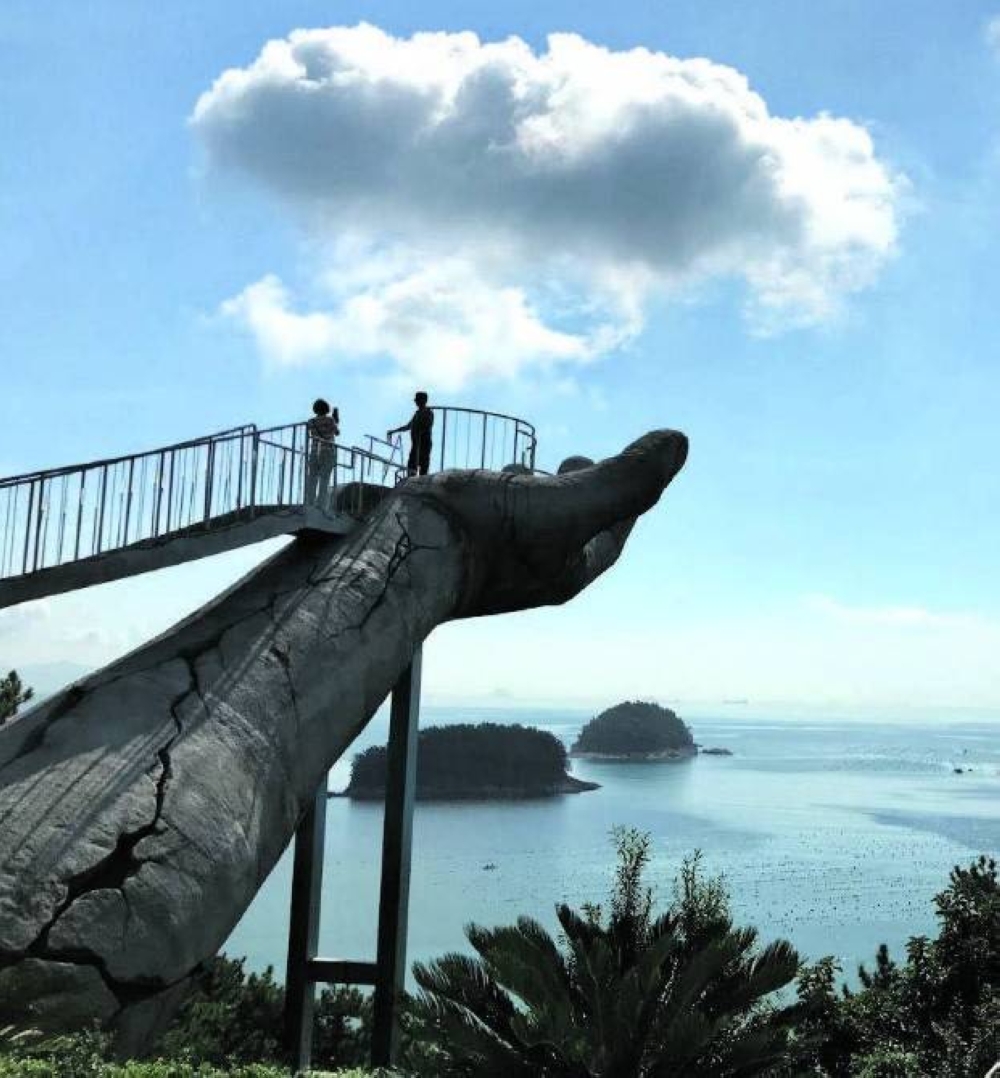
Hand of Midas in Yeosu Art Land
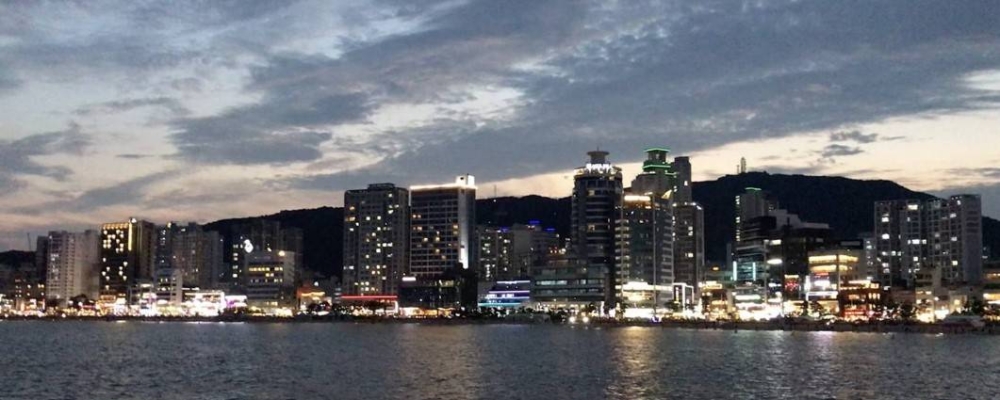
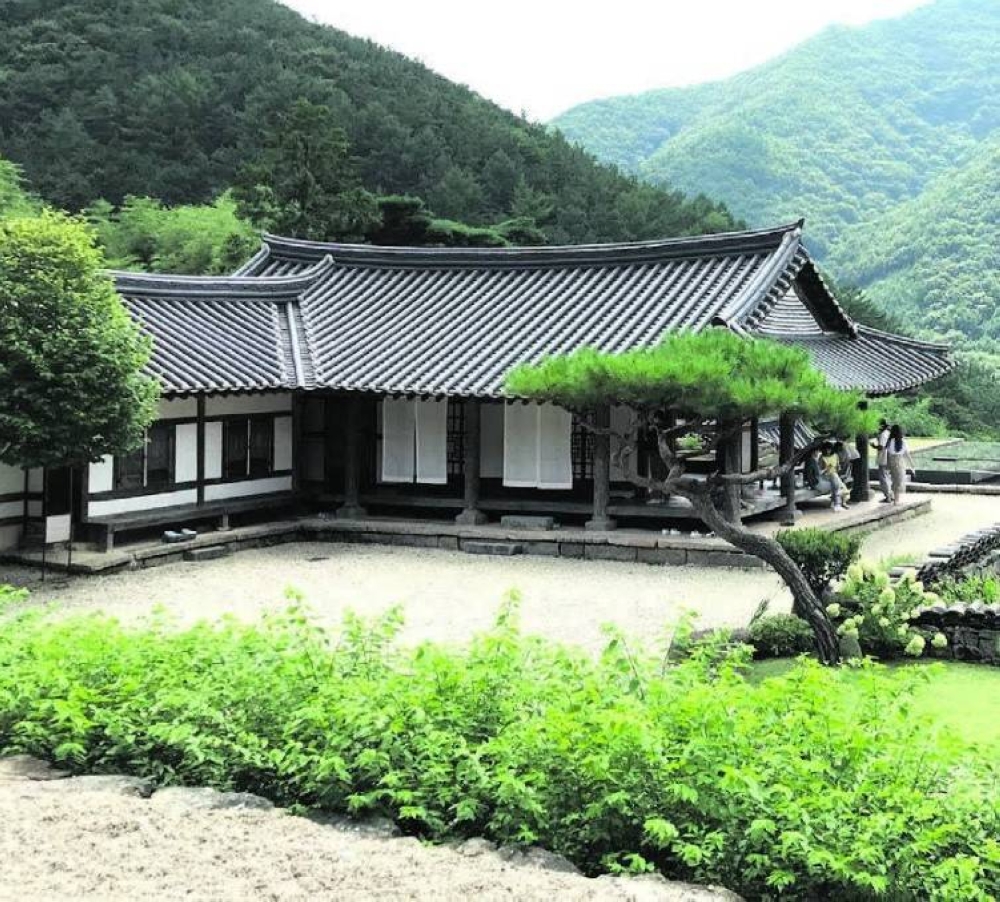
Awon Museum & Hotel with Jongnam Mountain in the background
On the other hand, many stories can be found in a small village called Yangnim Penguin Village. Penguins do not live here, but visitors can find alleys and traditional hunk houses decorated with penguin-inspired murals and outdoor exhibits. and to help local seniors earn a living.
Just steps away from Penguin Village is the Lee Lee Nam Studio, an art gallery and museum run by the world-renowned contemporary media artist of the same name. The studio consists of his three areas: the artist’s studio, the Media Art Museum (MAM), and the media cafe.
Jeollanam-do. Meanwhile, Damyang’s Metasequoia Rhineland is one of the most beautiful roads in Korea, perfect for taking pictures in all seasons. The beautiful tunnel created by the giant trees lined with trees is like no other. The track is historically significant as it was the first tree lined road developed using farmed seedlings.
Equally impressive is the Juknokwon Bamboo Garden. The approximately 310,000-square-meter bamboo grove has eight courses with different themes. As I walk along the road listening to the crackling sound of bamboo leaves, I find myself in a dense bamboo forest. The cool breeze makes everyone feel refreshed.
One of the most scenic places in South Korea is the Boseong green tea plantation. It’s a popular tourist attraction all year round thanks to the vast tea trees that line the hillside like a carpet of deep green. Despite being located on a small peak, only 350 meters above sea level, the summit observation deck offers sea views on clear days. Tall cedar trees line the entrance of the tea plantation, adding a unique atmosphere to this tea plantation. Because of its scenery, it has also been featured as a filming location for dramas.
On the other hand, the Suncheon Bay National Garden is blessed with a rich natural environment and was created on 1,120,000 square kilometers of land to protect Suncheon Bay. The garden has more than 790,000 trees of 505 species and 3.15 million flowers of 113 species. Next year, Juntenman will hold the International Garden Expo from April 22, 2023 to October 22, 2023.
The other side is the Suncheon Bay Wetland. The rice fields are covered with reeds that are taller than an adult, and are said to be the largest reed colony in Korea. It is also a natural habitat for over 140 species of birds, including migratory and endangered species.
A few kilometers away is Suncheon Drama Set, a famous filming location for famous KTV dramas and movies. The vast 40,000-square-meter site boasts optimal shooting conditions. While walking on the set, you can imagine the lively atmosphere of the staff and actors on set.
Meanwhile, another great city in Jeollanam-do is Yeosu. There are many popular attractions, such as Yeosu Artland, which houses Korea’s largest AR 3D trick art museum, and Instagrammable amusement facilities.
Equally interesting is the Arte Museum, the largest immersive media art exhibition in the country. This stunning space presents 10 new and colorful media art exhibitions through a mixture of light and sound. The media artwork produced under the theme of “eternal nature” provides an immersive experience with impactful visuals, sensual sounds, and elegant scents.
In Yeosu, you can also experience the sea cable car where you can see the beautiful sea and the Geobukseondaegyo Bridge that can only be seen in aerial photographs.
Busan
Busan was made even more popular with the 2016 zombie movie To Busan. But her second-largest city in South Korea, the city can amaze every visitor with its picturesque beaches, breathtaking mountainside views, historic temples and more. . In fact, as the economic, cultural and educational center of southeastern Korea, it aims to host the 2030 World Expo here (see sidebar on C3).
There are hundreds of places and things to do in this bustling port city, but some of the things you can do here are going to a Busan cooking class with CEO and Chef Heeyoung Jang. During the Busan Cooking Class, guests will learn about Busan’s food culture and prepare a complete Korean meal. You can enjoy everyone’s creations with local sake and a local tea party.
Meanwhile, at Busan X the Sky’s Best View, you can expect stunning views of the city and the sea. It also features a clear glass walking bridge called the ‘Shocking Bridge’, which houses the X Photo Zone, the X Gift Souvenir Store and the X Food and Drink Lounge.
Alternatively, you can take the Haeundae Blue Line Park Beach Train for panoramic ocean views through large windows.It runs at a comfortable 15 kilometers per hour and stops at six stations.
Finally, Busan also offers yacht tours during the day, at sunset, or at night. It’s the most convenient and luxurious way to see what this amazing city has to offer at an affordable price.
Certainly, Filipino tourists can enjoy Korea more with these enchanting places and locations.
.

